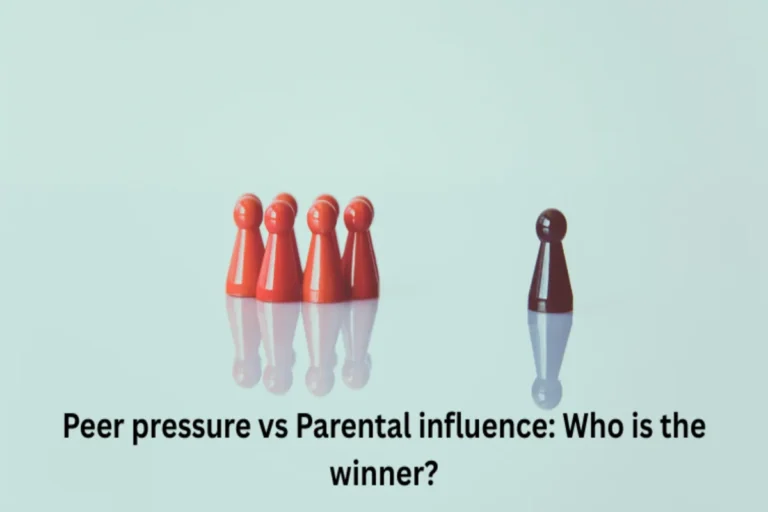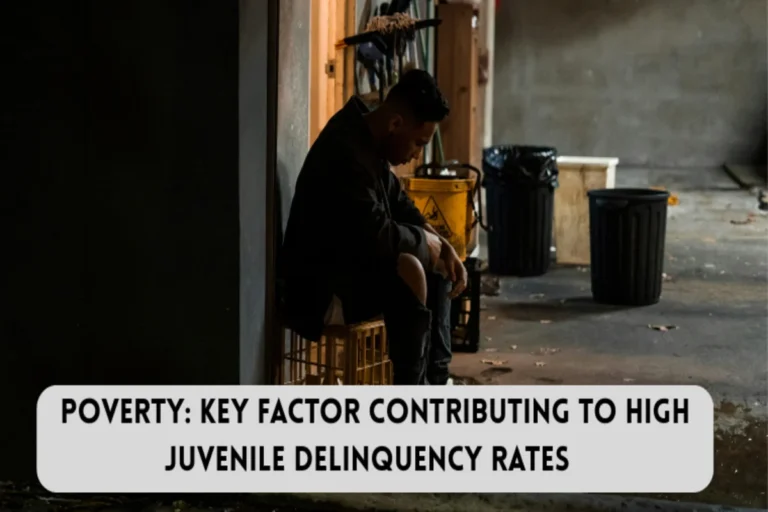
The 3 AM Scroll: When Peer Pressure Never Sleeps
Your teen’s phone pings at midnight. Again. It’s another Snapchat notification – someone’s party they weren’t invited to. A TikTok trend they’re too scared to try. A group chat where friends are daring each other to do something stupid.
This isn’t the peer pressure you remember from your youth. Social media has transformed it into something more relentless, more invisible, and more dangerous. As clinical psychologist Dr. Lisa Damour puts it: “We used to worry about kids facing peer pressure at the Friday night party. Now the party never ends, and it follows them into bed.”
But here’s the good news: Understanding how social media amplifies peer pressure is the first step to helping your teen navigate it. And there are real, practical strategies that work.
Why Social Media Is Peer Pressure on Steroids
1. The Comparison Trap Goes Viral
Remember only comparing yourself to kids at school? Today’s teens stack themselves against:
- Hundreds of “friends” posting highlight reels
- Celebrities and influencers with teams creating their “perfect” images
- Algorithm-driven content that pushes extreme behaviors
The shocking truth: A 2024 study found 68% of teens feel worse about themselves after just 30 minutes of scrolling, even when they know posts are edited.
“I deleted Instagram because I kept crying over girls with ‘perfect’ lives. Then I realized I was crying at fake apartments with fake lighting.” — Sarah, 16
2. FOMO Becomes FOJI (Fear of Joining In)
It’s not just fear of missing out anymore. Many teens now experience:
- Pressure to participate in risky trends for clout
- Anxiety about not being “fun” or “wild” enough
- The impossible choice: Join in or get left out
Real teen confession: “I hate vaping, but I pretend to do it in videos so my friends don’t call me boring.” — Jake, 15
3. Group Chats: The Pressure Cooker
What looks like innocent texting often becomes:
- Round-the-clock peer judgment
- Screenshot blackmail (“We’ll share this if you don’t…”)
- Escalating dares that start as jokes but turn serious
A mother’s nightmare: “My daughter left a chat where kids shared nudes. They screenshotted her ‘bye’ message and mocked her for weeks. We had to switch schools.”
Worth to Read : Peer Pressure and Drugs: What Parents Should Do
What Actually Helps (From Teens Who Survived It)
1. Teach Them to Hack Their Algorithm
Help your teen reset their feed:
- Search positive terms like “body positivity” or “mental health memes”
- Tap “Not Interested” on harmful content
- Follow educational accounts (@CrashCourse) over influencers
Teen tip: “I swapped fashion influencers for artists and chefs. My Explore page went from toxic to inspiring.” — Mia, 17
2. The Phone Stack Rule
At gatherings:
- Everyone stacks phones in the center
- First to grab theirs owes pizza
“We actually talked. And no one could post drunk pics after.” — Ryan, 18
3. Scripts to Exit Gracefully
Practice these comebacks:
- “My parents track this app – hard pass!”
- *”I’m on a dumb 30-day challenge, sorry!”*
- “I’m allergic to bad decisions.” (Humor disarms pressure)
Crisis Resources (Save These Now)
If things escalate:
- 🆘 Crisis Text Line: Text HOME to 741741
- 🚨 Suicide Prevention: Call/text 988
- 🏳️🌈 LGBTQ+ Help: The Trevor Project: 1-866-488-7386
- 📱 Cyberbullying: Report harmful posts immediately
Pro tip: Save these in your teen’s phone under “HELP” – no questions asked.
FAQs From Worried Parents
Q: How do I know if group chats are toxic?
A: Watch for:
- Hiding screens when you’re near
- Anxiety about replying instantly
- Mimicking new risky behaviors
Q: “But everyone’s doing it!”
A: Try: “Actually only 20% of teens vape – the loud minority makes it seem normal.”
Q: Should I ban social media?
A: Teens say this backfires. Better:
- Set “green zones” (no-phone dinners)
- Offer alternatives (Spotify instead of TikTok)
The Light at the End of the Feed
A 16-year-old client recently told me: “I finally get it. Social media isn’t real life – it’s everyone’s advertising campaign for themselves.”
That’s the breakthrough we want: Helping teens see through the smoke and mirrors to their own worth. Not by banning apps or lecturing, but by giving them:
✅ The tools to curate their digital world
✅ The scripts to exit bad situations
✅ The courage to value real connections over likes
Because here’s the truth no algorithm will show them: The kids who thrive offline are the ones who learn to pressure-proof themselves – one unfollow, one awkward ‘no,’ and one authentic friendship at a time.


